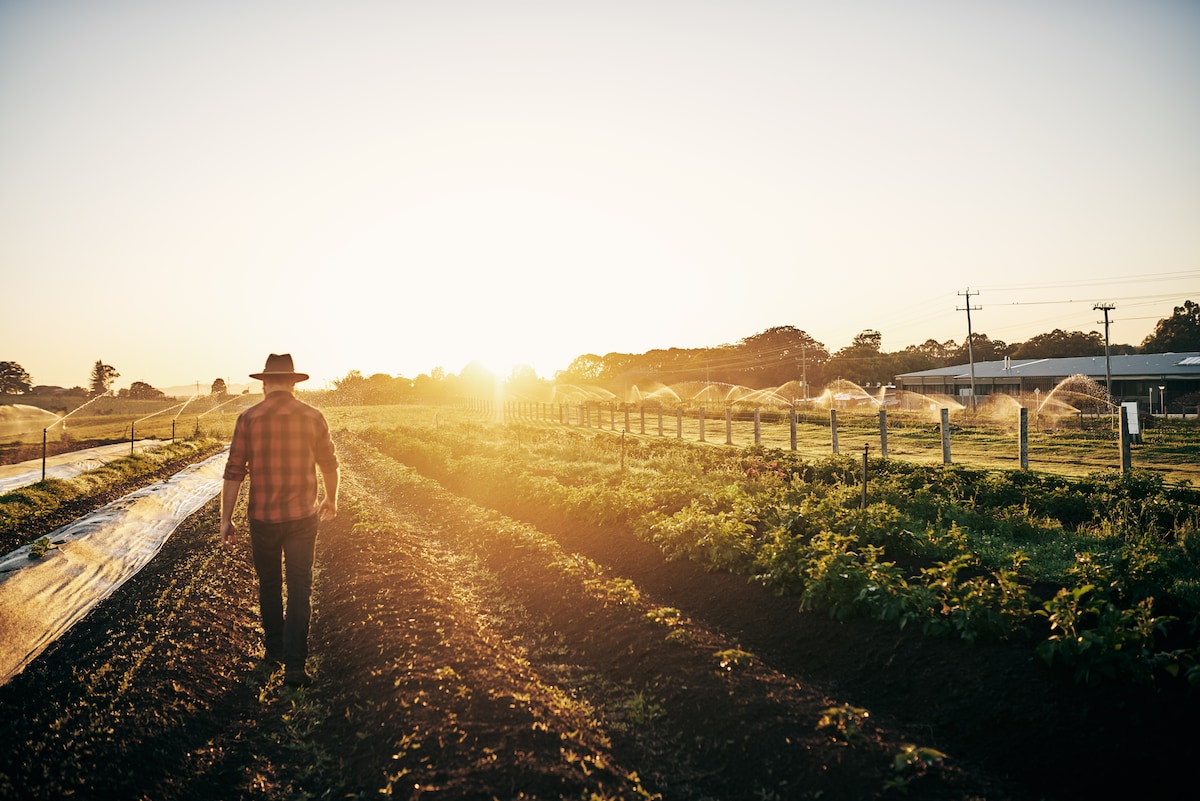Environmental monitoring
AGL is required under Environmental Protection Licence 2122 and Environmental Protection Licence 779 to monitor water and air emissions at specified locations and at various frequencies across Liddell and Bayswater Power Stations. The water and air monitoring is performed by third parties and analysed by NATA registered laboratories.
The information in the following links provides monitoring data prepared in accordance with the Environmental Protection Agency’s Requirements for publishing pollution monitoring data (October 2013).
It is also a legislative requirement that all sites with an Environment Protection Licence issued by the NSW Environmental Protection Authority prepare and implement a Pollution Incident Response Management Plan (PIRMP). You can find AGL’s PIRMP documentation, including relevant Incident Notification Protocols and Community Notification Protocols at Pollution incident response.




